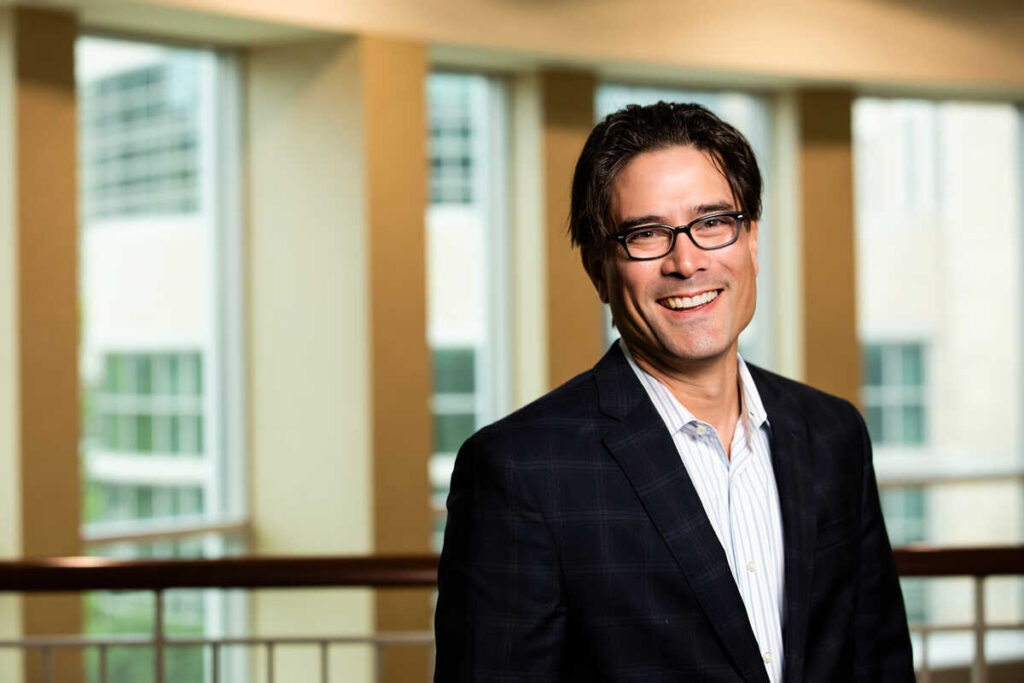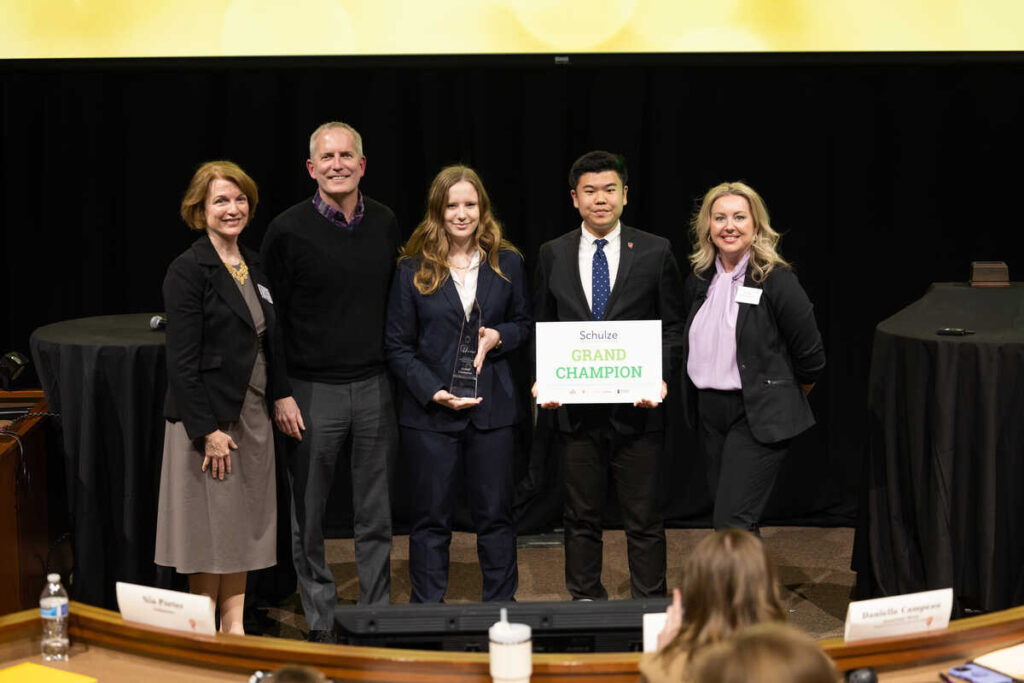Most people in my age group and duration of employment whine about things going to hell in a hand basket. Oh, for the good old days when all the students were angelic, dedicated and brilliant.
Now this is not to say that the students I had when I came here nearly 30 years ago were not a joy to teach. They were. But when I consider the quality of papers and projects and the skills that students leave St. Thomas with today, I am astounded. This rosy view of progress was reinforced last month as I listened to McNair scholars present their research projects.
Then, being the dismal scientist that economists usually are, I thought I had better clean my rose-colored glasses and check the data. Are UST students really better prepared for the world these days? To find out, I asked Dr. Michael Cogan, director of institutional research and analysis.
Susan: Mike, am I going soft or are St. Thomas students really doing well? Can you give me any data on retention or graduation rates that supports my intuition? How do we stack up against other schools?
Mike: Well, Susan, your reputation as a dismal scientist is not in jeopardy. When considering retention and graduation rates, UST undergraduates perform exceedingly well. In fact, IR&A has known for some time that UST students outperform other students in these measures when compared to other higher education institutions. For example, Will Grimmius, a research student in IR&A, presented a poster at Inquiry at UST in the spring of 2009. He found that the average retention rate of U.S. Catholic colleges was 77 percent. Over the past five years, UST has maintained a retention rate of 88 percent . . . a positive difference of 11 percentage points! Additionally, Will found the average six-year graduation rate among this same group was 58 percent. Again, UST (72 percent) outperformed this group by 14 percentage points!
An additional approach to understanding the success of our students is to look to external entities to provide objective feedback. A few years ago, the American Council of Education (ACE) predicted the retention and graduation rates of incoming UST students. Soon afterward, IR&A repeated the study using additional factors. The prediction models used incoming institutional information such as average ACT scores, cost of attendance and acceptance rate. In both cases, the results indicate that UST students overperform when considering the same retention and graduation measures mentioned above. For example, ACE determined the predicted retention rate of our incoming students is 81 percent. Using the actual retention rate of our students (88 percent), ACE determined we perform above our expected rate. Again, this holds true for our graduation rates, as ACE has determined we perform “well above” our expected graduation rate.
Susan: The next thing a social scientist wants to know, of course, is causation. Can you point to factors bringing these positive results?
Mike: As you know, the question of causation is not something a researcher should take lightly. In fact, if my students heard me state that this factor or that factor causes high or low retention rates, I may not make it out of my next class! All joking aside, we could make an educated guess. UST has made a reputation in the Twin Cities region as an institution that cares about students. As a relative newcomer to UST, I have found that the individual attention paid by faculty and staff to the welfare of the student far exceeds anything I have experienced in my 15 years in higher education.
In addition, there is a growing body of knowledge in the higher education community that indicates a positive relationship between academic outcomes and the opportunity to engage with faculty outside of the classroom. Obviously, UST provides many opportunities for this to occur through research projects such as Inquiry at UST, study abroad and community engagement. So going back to your original question … are our students going soft? The data I have access to does not lead me to believe this is the case. Of course, there are faculty members on campus who may have classroom assessment data that would prove me wrong, but that could be a Q&A for another time!
Your question, however, reminds me of a text I read in one of my first undergraduate courses: The Good Old Days – They Were Terrible! Obviously, our generations were not the first, nor will they be the last, to criticize the generations that follow. Not sure why, but I would chalk it up to my favorite non-empirical explanation … because that is way we have always done it!
Susan: As I recall those terrible “good old days,” I think I was a pretty good teacher, but the outcomes today are very strong. I look with admiration at the methods and commitment of today’s faculty. Along with Academic Counseling and Student Affairs, they give students the personal attention and motivation that keeps students progressing toward their degree. The projects and assignments are truly creative and compelling, pushing our students to greater involvement in their communities and the world. The context, writing ability and information skills that our students acquire help them evolve into thoughtful, complete and more productive individuals.
Things do change – for the better.






